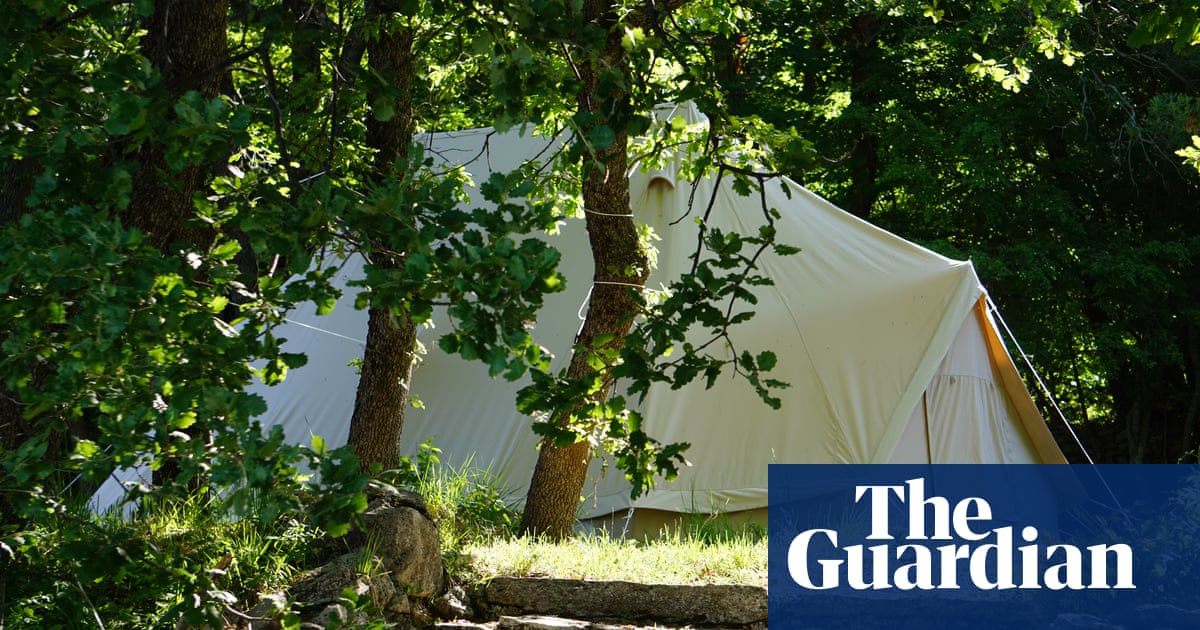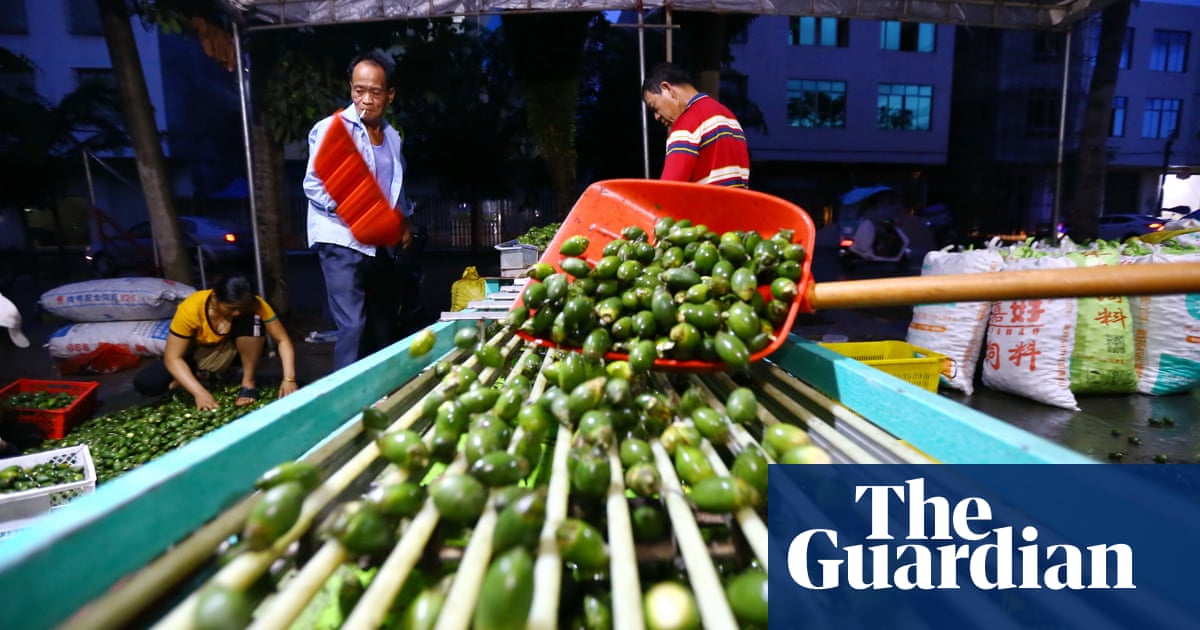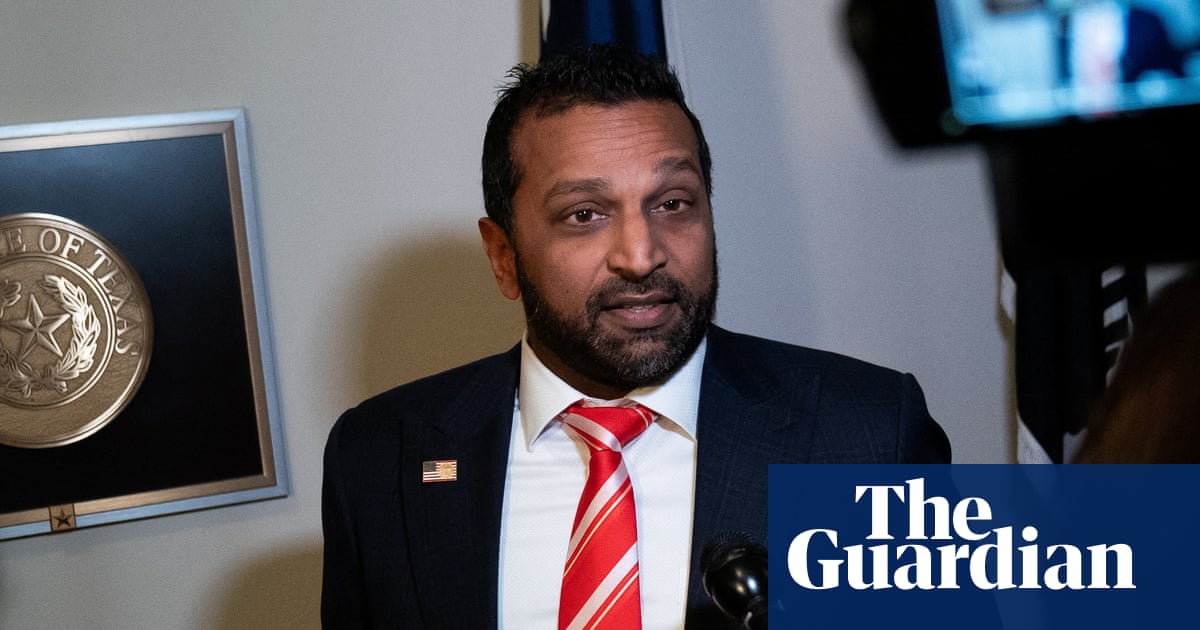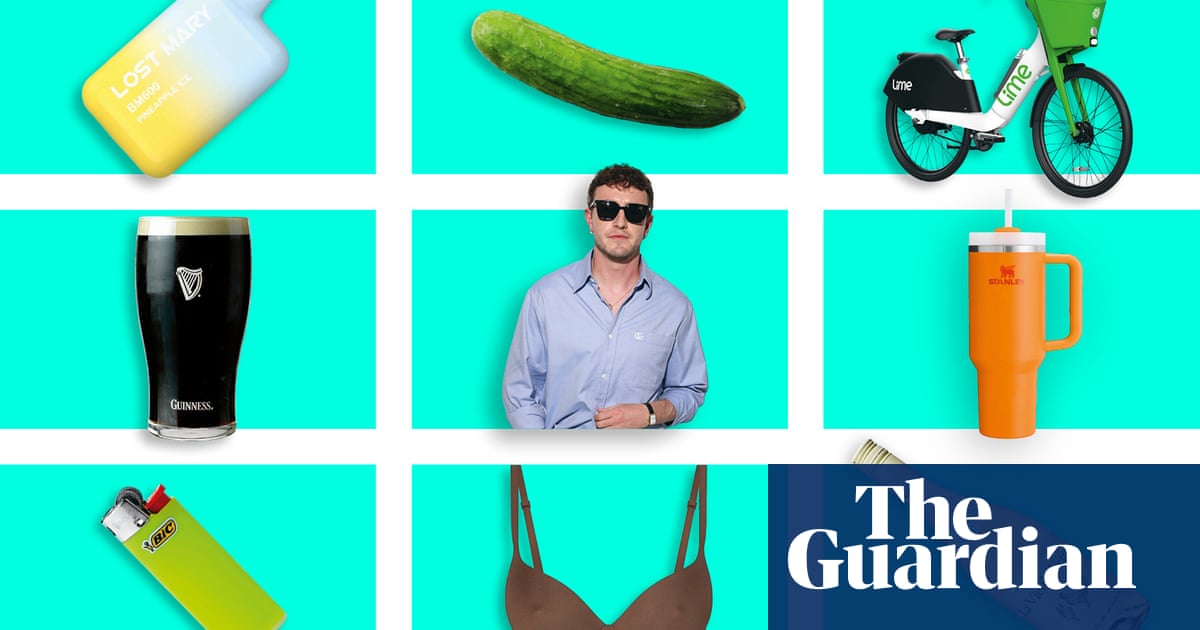Three young children huddle in front of a camera, cross-legged and cupping their hands. “Please support me. We are very poor,” says a boy, staring down the lens.
They appear to be in a mud-brick hut in Afghanistan, living in extreme poverty. But their live stream is reaching viewers in the UK and worldwide – via TikTok Live.
For hours, they beg for virtual “gifts” that can later be exchanged for money. When they get one, they clap politely. On another live stream, a girl jumps up and shouts: “Thank you, we love you!” after receiving a digital rose from a woman in the US, who bought it from TikTok for about 1p. By the time it’s cashed out it could be worth less than a third of a penny.
TikTok says it bans child begging and other forms of begging it considers exploitative, and says it has strict policies on users who go live.
But an Observer investigation has found the practice widespread. Begging live streams are actively promoted by the algorithm and TikTok profits from the content, taking fees and commission of up to 70%.
Olivier de Schutter, the UN special rapporteur on extreme poverty and human rights, called the trend a “shocking development” and accused TikTok and middlemen of “profiting from people’s misery”. “Taking a cut of people’s suffering is nothing short of digital predation. I urge TikTok to take immediate action and enforce its own policies on exploitative begging and seriously question the ‘commission’ it is taking from the world’s most vulnerable people,” he said.
Jeffrey DeMarco, digital harm expert at Save the Children, said: “The documented practices represent significant abuses and immediate action must be taken to ensure platforms no longer allow, or benefit directly or indirectly, from content such as this.”
Analysis conducted between January and April 2025 found evidence of live-begging and related behaviour in countries including Indonesia, Pakistan, Afghanistan, Syria, Egypt and Kenya.
Many of the live streams showed families begging in domestic settings. But some streams appeared to bear the hallmarks of organised begging.
One account, which broadcasts almost every day, regularly features different children. During a broadcast in February, it showed seven young boys begging for digital gifts. The next day, different boys appeared in the same spot, sitting alongside the same two adults. After being alerted to the account by the Observer, TikTok suspended it within two hours. A previous report through the in-app reporting tool had not resulted in any action.
Another account with 5,300 followers featured an elderly man in a wheelchair. The account appears to be run by a third party but there is no information about their identity. The account description says “poor people” followed by crying face emojis.
Beyond begging, live streams have featured people doing degrading and sometimes dangerous stunts in exchange for virtual gifts, such as hitting themselves, staying awake for long periods, covering themselves in mud, or sleeping on camera. One Indonesian live stream showed two young girls lying on a tiled floor in a small, windowless, white-walled studio. On Friday, the same account was broadcasting a live stream of a man asleep on the same tiled floor.
Another broadcast from Pakistan showed three men sitting in the dark with plastic buckets and party hats on their heads. They appeared to fall asleep on camera, only waking when they received a gift to perform a dance.
Launched in August 2020, TikTok Live is a section of the app where creators can broadcast to viewers in real time. According to TikTok, 100 million people went live in 2024, reaching “billions of users”, who can engage with the creator in real time by sending comments or gifts. Streams are promoted to TikTok users through a dedicated live feed and can reach millions of people.
Novita Anggraeni, an Indonesia-based social inclusion expert at the charity Care International, said many creators used TikTok Live to “show their talent” or “connect with people”. It is commonly used by people who film themselves singing, dancing, playing video games, painting or cooking. But, she said, it was increasingly being misused by those who saw it as a “shortcut to making money”, and that “harmful” videos showing begging and related behaviour had “very rapidly grown”. “It’s a whole new form of exploitation,” she added.
She said the streams were driven by poverty and poor digital literacy and that it was not always easy to identify whether people were being coerced. She said apparent victims often denied they were being exploited and said it was “a collaboration to earn money”. But she said there was a “high risk” of abuse by organised begging networks which control access to earnings and organise filming of multiple families.
Marwa Fatafta, from the digital rights organisation Access Now, said the way TikTok Live was designed incentivised begging and risky behaviour because engagement boosts rewards. “At the same time, TikTok is not making enough effort to ensure that this unintended outcome is being addressed,” Fatafta said.
She warned against a blanket approach to moderating begging content, which could penalise people needing humanitarian support in “crisis or conflict-stricken areas”, and is concerned that in some regions, online begging has led to a repressive response from governments.
But she said more needed to be done to “tackle organised begging and exploitation”, and urged TikTok to “hire investigative teams”. “At this point, exploitation for organised begging is not only a foreseeable risk, it’s an existing one. So the platform needs to take care of it,” she said.
This weekend, TikTok said it had taken firm action, including removing accounts flagged by the Observer. It said its policies banned exploitative begging during live streams, including begging that “exploits children or vulnerable people”. “Any live content which features children begging for gifts is not allowed on TikTok,” a spokesperson said.
In cases where it had evidence of exploitative begging or child exploitation, it said it took “firm action”, including closing live streams and issuing permanent bans. It said that through “proactive detection by dedicated teams and technology” it stopped more than 4m live streams each month “to keep our platform safe”. People hosting live streams must have 1,000 followers and be over 18, though children can appear if accompanied by an adult.
It said the amount of commission and fees it took varied. Live streamers do not receive the total value of the gift but are awarded “diamonds” based on gifts and the popularity and duration of their stream. After commission and fees, they are typically left with about half the original gift value, but sometimes as little as 30%. TikTok did not deny the figures but said about 30% of gifts revenue went on “app store fees and payment provider costs”. It offers more than 100 digital gifts that viewers can buy, ranging from a rose costing one coin (about 1p) to a TikTok universe (44,999 coins, or about £450).
The company has previously faced criticism for profiting from exploitative content on TikTok Live, including livestreamed sexual abuse. In 2022, the BBC found families in Syrian refugee camps begging for money. TikTok said it was “deeply concerned” by the findings and was strengthening its global policies.
In 2023, Al Jazeera reported that orphanages in Indonesia were soliciting donations via live streams showing children sleeping in the background. TikTok said it banned begging in demeaning contexts but that the orphanage live stream did not violate its guidelines.
Despite the risks associated with begging on TikTok, charities say there are also potential positive uses. Begging on TikTok has helped those affected by war, poverty and illness to get help from strangers. In one case, a family in the Philippines successfully crowdsourced money for an operation to separate their conjoined twins. In 2023, a man went viral in Indonesia for performing a chicken-pecking dance on TikTok Live. He told local media that he had now recruited others in his village to take part, who are reported to receive a portion of any money generated, which has helped them buy food when rice supplies are low.
But in many cases, it is not clear who stands to profit. Catherine Turner, advocacy director at Anti-Slavery International, said that while some children and adults begged to survive, others were threatened with “physical or psychological coercion” by third parties, who controlled access to their earnings.
TikTok requires government-issued ID from live streamers wanting to earn money from rewards, but for viewers, it is often impossible to know whether those appearing in the content benefit from it themselves. Accounts hosting live streams are often anonymous. While rights groups warn against real-name policies on social media, they say stricter age-assurance processes and moderation systems are needed.
Maya Lahav, researcher in the Centre for Criminology at Oxford, who previously advised tech companies on detecting exploitative cyber-begging, said moderating live streams was resource-heavy and a “huge challenge”. There were ethical issues around whether to remove content or not. “It’s not like other types of influencers aren’t using their children for profit all the time,” she said.
But she said there were serious concerns about human rights abuses, particularly where third parties were involved or those featured were too young, or ill, to consent. “The crux of it is, when does it become exploitation? That’s the balance they need to tread.”

.png) 1 day ago
2
1 day ago
2













































